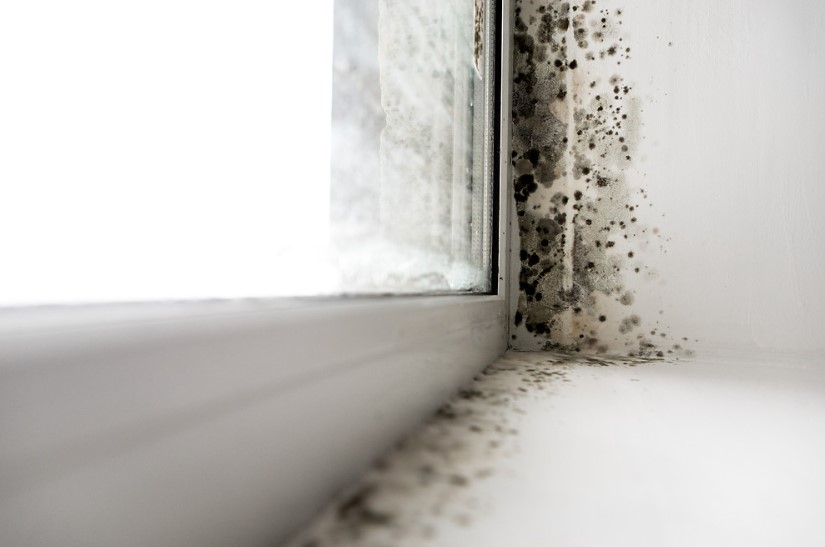
Do you think you have a mold problem? You may be surprised by how dangerous mold is for your health. In this article, we’ll talk about how it can cause allergy symptoms and respiratory problems. You’ll also learn about the long-term health effects of mold. And we’ll touch on how to get rid of mold. Let’s get started!
Mold can cause allergies
If you notice that you are sneezing and having a runny nose, mold may be the cause. Mold allergies can cause other symptoms, such as itchy eyes and throat. While the most effective cure for a mold allergy is to stay away from it, you can try to relieve the symptoms with medications. Nasal sprays and antihistamines can reduce the symptoms of an allergy. A medicine called montelukast can prevent the production of leukotrienes, which trigger allergic reactions.
Symptoms of a mold allergy can vary from person to person but are often similar to those of upper respiratory allergies. If you already have respiratory allergies or asthma, mold allergy symptoms may worsen. Other symptoms may include persistent cough, fatigue, chest colds, inflammation of the sinuses, and headaches. Your symptoms may worsen during certain times of the year or in specific indoor or outdoor environments. If you suffer from symptoms that do not go away after several days, see a doctor for an evaluation.
Irritation
While household molds can be bothersome for everyone, certain people are more susceptible to the effects. Those with weakened immune systems, asthma, or chronic obstructive pulmonary disease are at a higher risk of developing severe reactions to molds. They also may have a history of allergies, asthma, or other respiratory conditions or have lived in areas with high moisture. These people should consult with a medical professional if they see signs of mold in their homes.
If you’re experiencing a persistent cough or sickness, you’re most likely inhaling a mold spore. Some kinds of household molds are toxic and should only be removed by a professional. If you suspect your home has a mold problem, send a sample to a lab for testing. If the spores grow on walls, you should contact a professional.
Respiratory problems
If you see mold in your home, the first thing to do is to consult with your doctor. There are many health risks from mold exposure. Some people develop asthma or allergies after breathing in mold spores. Others experience constant migraines and shortness of breath. Some even build brain fog or feel depressed after being exposed to mold. For more information, contact your local Health Department. Respiratory problems can affect anyone, including children.
If you suspect your home may contain a high level of mold, it’s best to consult with a health care provider. You can get a free mold inspection and learn if your home has the potential to become infested with mold. If you suspect your residence contains mold, a professional mold inspector will come out and analyze the area for signs of mold growth. Mold can cause asthma, allergies, and respiratory illnesses, so you’ll want to get a professional inspector to ensure that you’re not causing any more damage.
Long-term health issues
The physical effects of prolonged exposure to mold are well-known, but some studies have also identified psychological issues. Psychological symptoms may include fatigue, increased sensitivity to light, unexplained weight gain, and insomnia. The presence of mold in the home can also aggravate preexisting brain conditions, leading to anxiety and insomnia. Some people are even affected by unexplained weight gain. The following is a list of potential symptoms and the ways to avoid exposure.
High levels of airborne mold spores are linked to asthma and other respiratory illnesses. This type of mold can cause allergic reactions and exacerbate conditions such as asthma, sinus congestion, and coughing. Mold exposure can also trigger respiratory problems and asthma flare-ups, which can be life-threatening in people with compromised immune systems. In addition to these symptoms, mold exposure can trigger allergic reactions and rashes in sensitive people.
Damage to home structure
As you’ve probably guessed, mold can damage the structure of your home. It feeds on organic materials, such as wood and paper, and can weaken materials. In addition, mold tendrils can cause structural damage to your home, resulting in walls, floorboards, and ceilings that collapse or fall. Even worse, mold spores can’t be obliterated. This is why it’s crucial to identify any mold problem in your home as soon as you notice it.
The first step you should take when you see mold in your home is calling a Clinton Township mold remediation service. A professional can quickly assess the extent of the damage, as well as perform a thorough cleanup. The mold remediation process should include testing the structure of your home, taking photographs, and collecting air samples to ensure no mold spores are causing health problems. It’s essential to hire a professional Clinton Township mold remediation company if you suspect your home has a mold infestation, especially if you’re unsure how to proceed.
